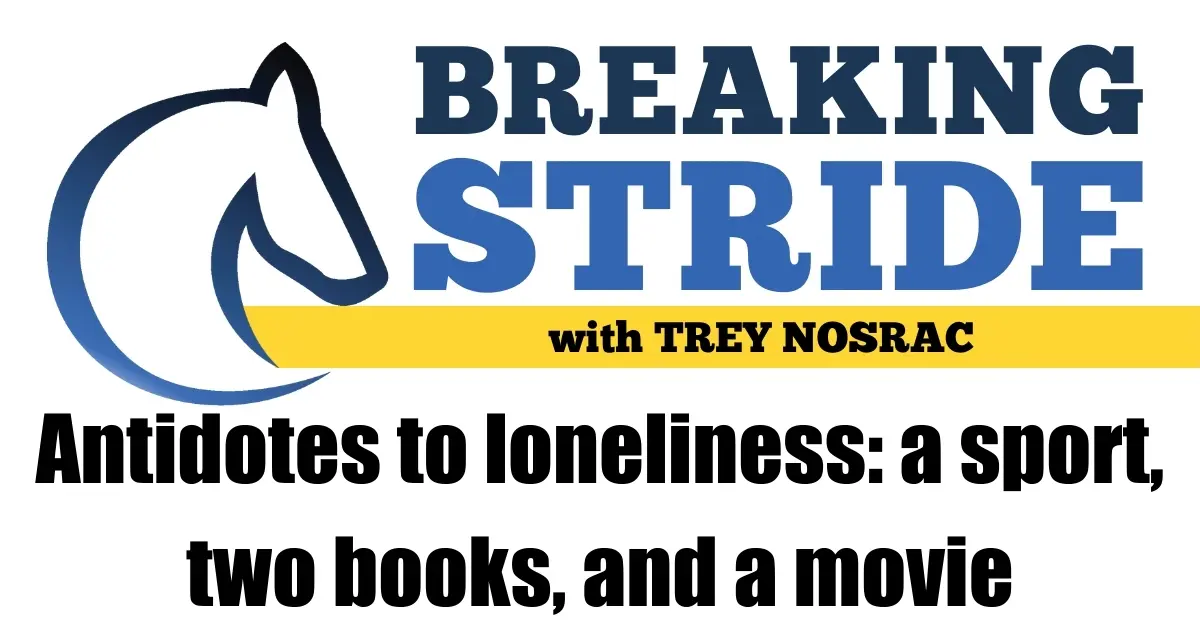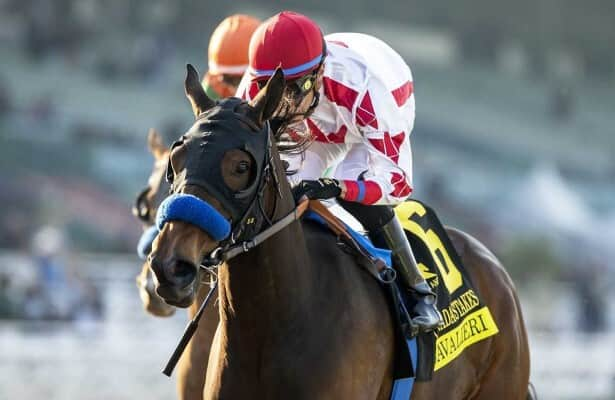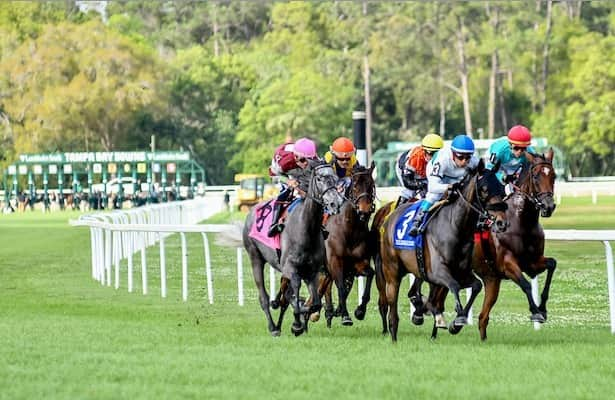Antidotes to loneliness: a sport, two books, and a movie

by Trey Nosrac
My pal, Layne Henderson, placed his coffee cup on the blue-tiled tabletop at the Deja Brew Coffee and Egg Emporium and stroked his long salt-and-pepper beard. He pointed his long index finger at me across the table and said, “We’re freaks.”
“All the cool people are freaks. Are you referring to yourself as a wealthy oddball or me being a harness racing fan?”
He smiled and said, “This, sitting here, men, face-to-face, talking about more than the weather. It’s not normal.”
“Normal is boring. It’s better to be unique. What’s this about?”
A book, We Need to Hang Out, by a writer named Billy Baker. Have you read it?”
“Not if it was published after 1989 and contains long words.”
“I call BS. You read more than race programs and yearling catalogs.”
I leaned forward and whispered, “Keep that to yourself. Real men don’t discuss books.”
“Men don’t discuss much. That is the premise of two books and a recently released movie. Baker is a middle-aged writer from the Boston Globe who set out to write an article that riffs about the modern loneliness epidemic. Along the way, he realizes that he is lonely in many ways. So, he looks for misplaced friends and goes on crazy quests to revive old friendships and make new ones.”
“Scraping up old friends sounds sort of pathetic,” I said.
Layne sipped his coffee and continued, “Baker uses data to confirm the topic is no joke. Almost 50 million Americans over the age of 45, especially men, suffer from chronic loneliness, and loneliness contributes to a person’s risk for premature death. Covid made the loneliness epidemic worse. Close friendships easily lapsed into distant memories.”
I digested this and said, “I keep up with a few high school pals, but most of my friends are from harness horse racing.”
He nodded, “A large majority of participants in horse racing are relics. In many ways, they are lucky to have the racing community for socialization. Social science shows that fewer of us join civic or community organizations like the Kiwanis or the Elks or attend church regularly. About 15 years ago, sociologist Robert Putnam opened the door on this topic in a book titled Bowling Alone.
“Another book, c’mon man.”
The Brain said, “Well, if you don’t want a book, go to Netflix and search for a new movie, Join or Die.”
“A bit of an extreme title.”
“It’s a film about why we should join small groups or clubs. It was just released. The guy who made the movie was a former student of Professor Putnam. The concept has a lot of data behind it, and loneliness is a real problem.”
I took a bite of my donut and said, “Horse racing is from an era where face-to-face was more likely. The sport’s pulse beats on with old timers who found the sport and hung on for dear life. Their friendships and the twists and turns in the game keep them alive. People in harness racing are as tough as old boots. The people who work or play in horse racing never seem to have time to be sick, and the old gamblers face new challenges with every racing program.”
Layne took a beat to consider this. He said, “I don’t think that handicappers fit this discussion about connecting with people. Gamblers seem to self-isolate purposefully.”
“What about women? Where do they fit?”
“That was an interesting chapter in the Baker book – Mars versus Venus. Male friendships are fundamentally different than female friendships. Women gossip and talk face-to-face. Men talk shoulder-to-shoulder.”
I nodded, “Every time I take a woman to the racetrack, she wants to chat and wander around the premises, which is annoying. What about social media? Doesn’t that connect us?”
“Social media connects us but not at a deep level. In the long run, how harness racing adapts to socializing in a new world will be interesting but does offer possibilities. The new world will offer fewer and fewer places where people can communicate face-to-face, let alone shoulder-to-shoulder. They will be nose-to-screen. Laptops and phones will further isolate us in some ways.”
“So, give me some good news.”
Layne was ready, “Technology may have crushed local social communities, but technology has spawned passionate micro-communities. Your little sport needs to be among those. The battle to create these new virtual communities may seem impossible. Still, common sense and geography indicate that growing new participants sitting in grandstands to watch a glacially slow sport is not the answer.”
I blew him a raspberry, “People in horse racing have been banging that social media technology drum since I got involved. Crickets. Twenty years later, we have handfuls joining the harness racing choir. We need multitudes of new singers.”
He shook his finger across the table, “The past is past. Today, digital fires get sparked every day. Technology is much more immersive than years ago. I’d recommend you keep chipping away at finding new players in micro-communities. Plenty of conversations and interactions are available for a grassroots sport with horses, characters, training, pedigrees, and gambling.”
“Like what, like how?”
He drained his coffee and shrugged, “I don’t know, maybe an ownership partnership group on a yearling or gamblers debating the best value wagers could offer plenty of communication topics. Fanatics could dive into breeding data analysis over the past 20 years. Taking up a cause creates face-to-face interaction. Maybe start a community advocating something weird, free-legged pacers receiving bonus money from the purse, or a group of owners of a 2-year-old analyzing all the state horses they will race against, just find a little corner of interest that others can gather around and start talking.”
“Huh? Men talking, books to read, new movies, micro-communities, weird stuff.”
Layne slipped $10 under the sugar shaker, saying, “Your sport should be grateful. Horses and horse racing are tremendous subjects of conversation and bonding agents.”
I stood and nodded, then said, “Nice chat. Same time next week?”
“Sure thing, I’ll be here. Talking is good therapy.”
Related
Leading Parx jockey Sanchez will serve 7-day suspension
Photo: Jason Moran / Eclipse Sportswire Jockey Mychel Sanchez will serve a seven-day suspension and pay an additional $1,750 in fines
Bill Mott talks about plans for Sovereignty, Just F Y…
Photo: Gulfstream Park / Lauren King Sovereignty, dramatic late-running winner of the Fountain of Youth (G2) March 1, is being pointed
Up-and-coming Cavalieri chases Grade 1 glory in Beholder Mile
Photo: Santa Anita / Benoit Photo Cavalieri and Alpha Bella, who finished one-two in the Grade 3 La Cañada in January at Santa Anita,
4 stakes showcase shipping stars on Tampa Bay undercard
Photo: Gonzalo Anteliz Jr. / Eclipse Sportswire The stars will shine Saturday at Tampa Bay Downs, and not just in the Grade 3 Tampa Ba











